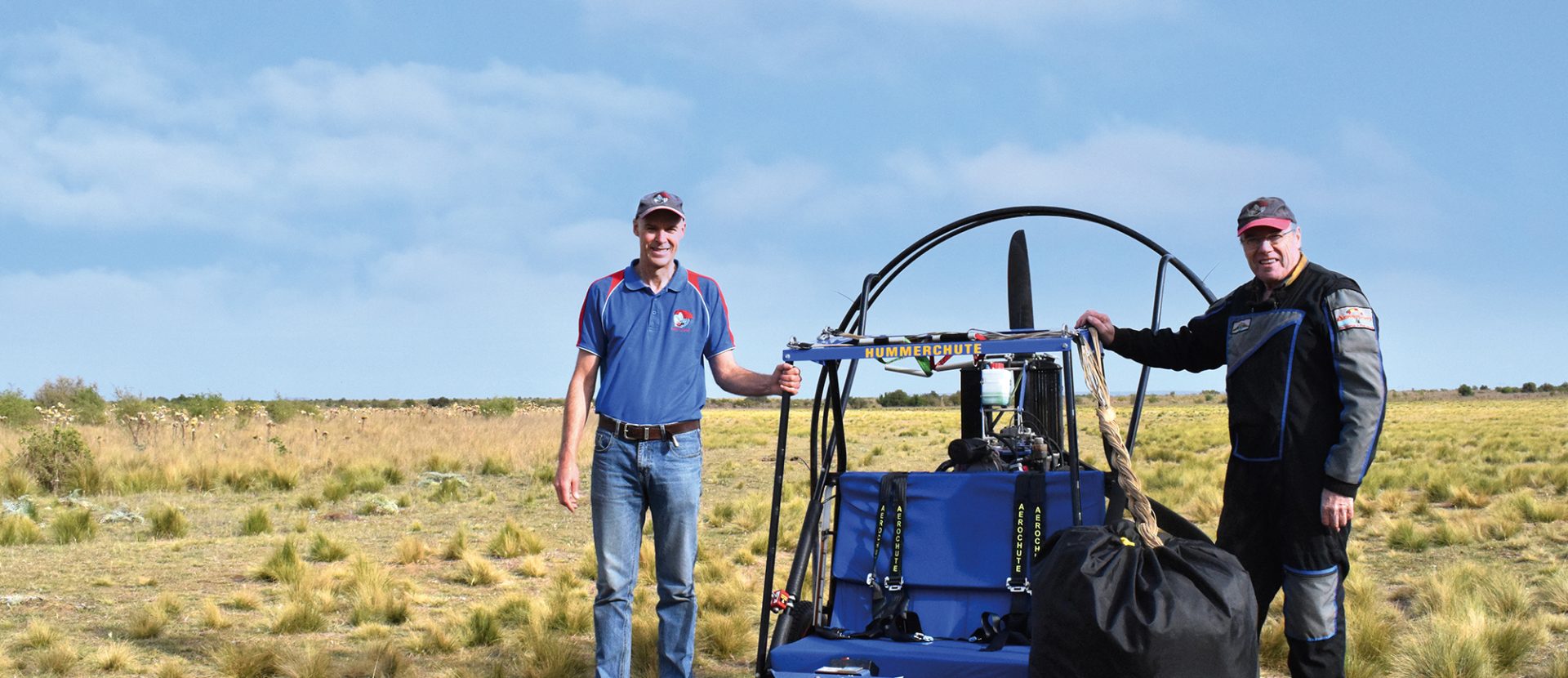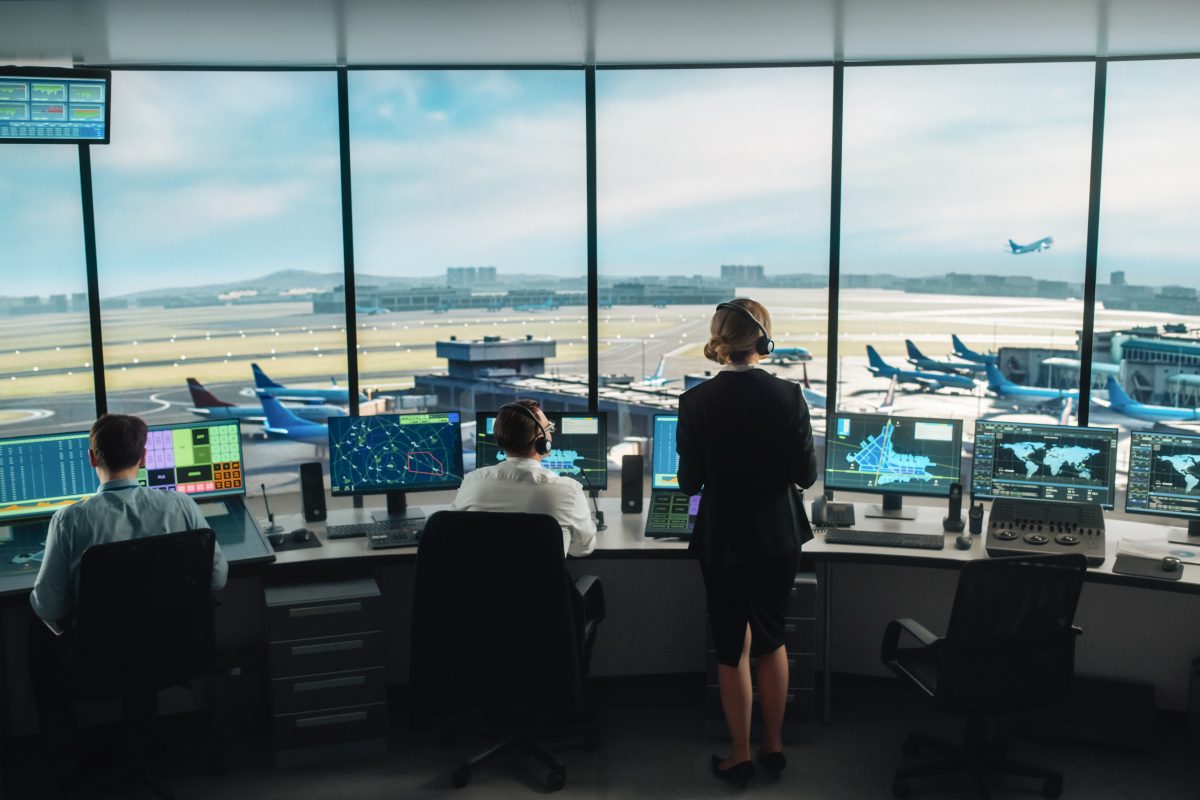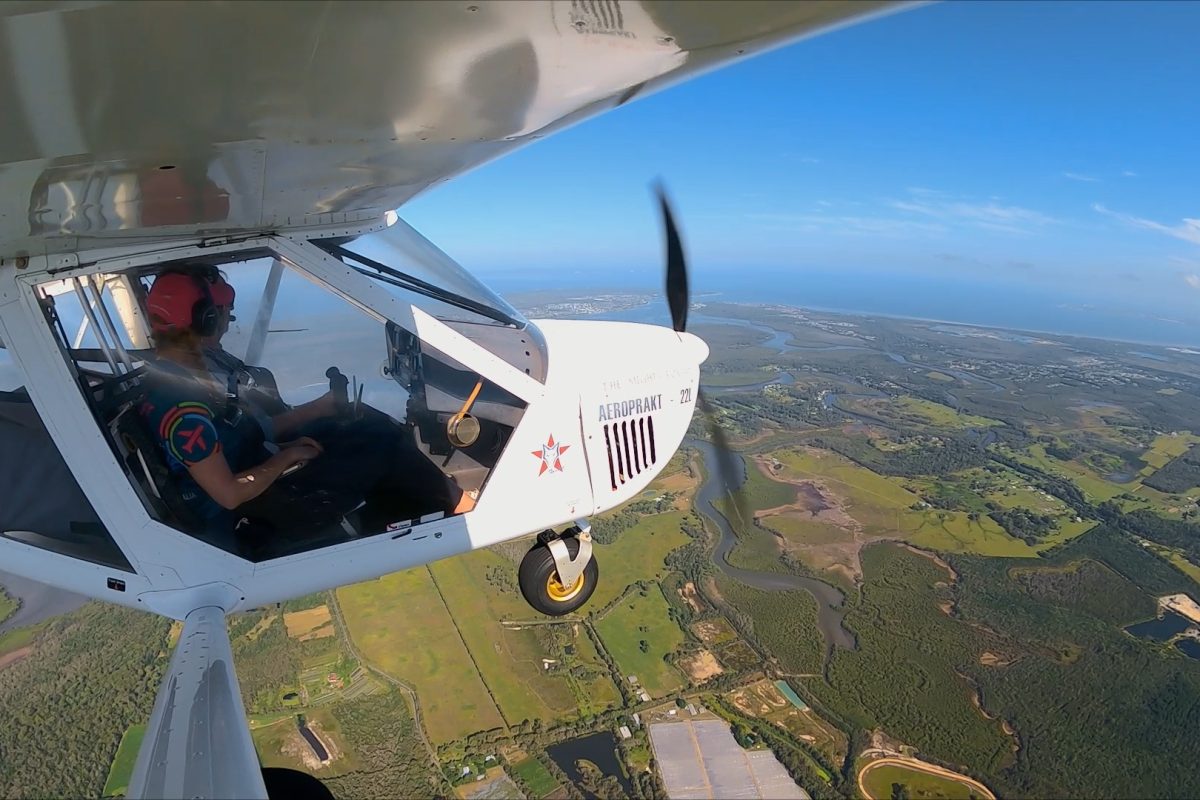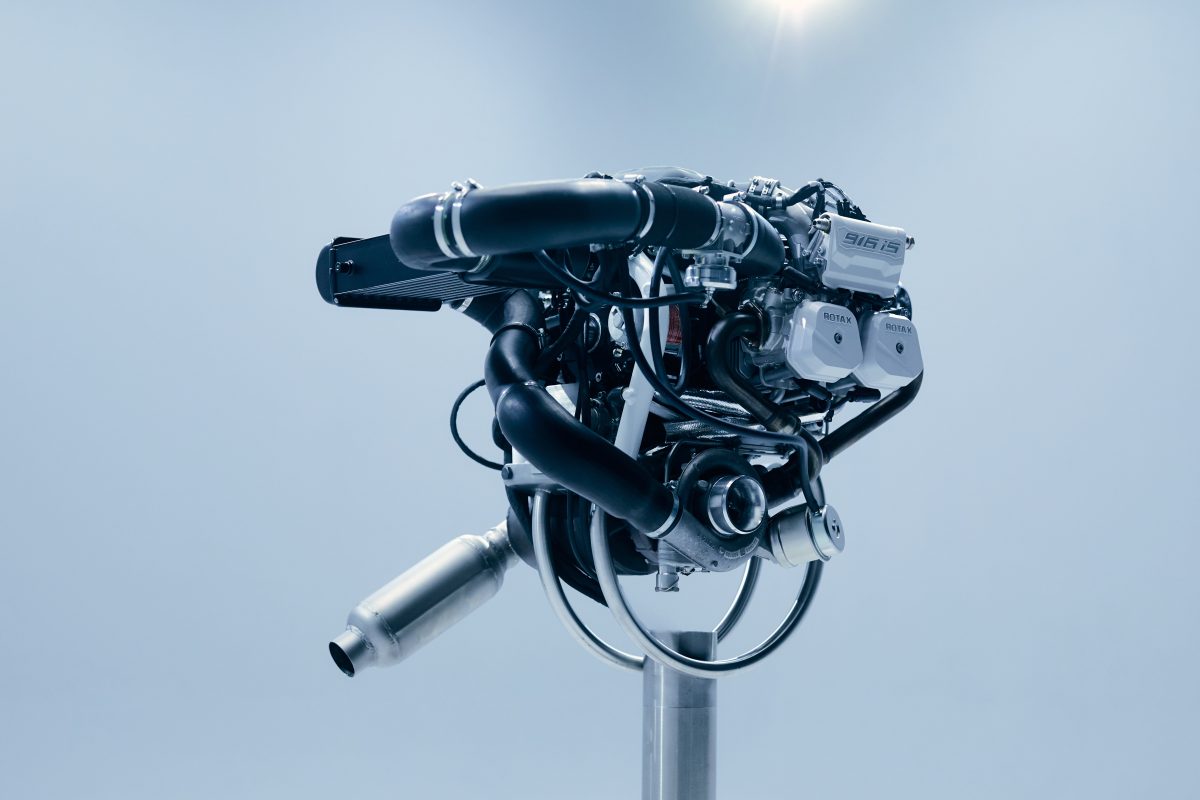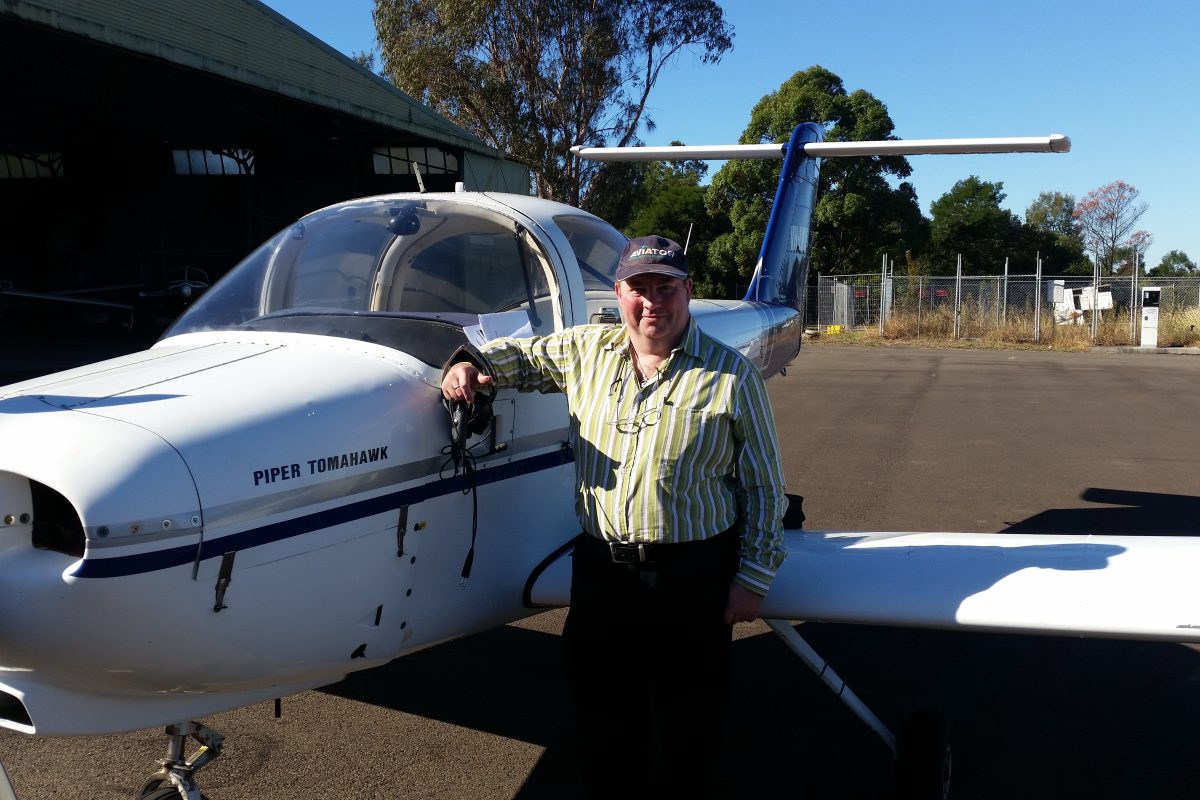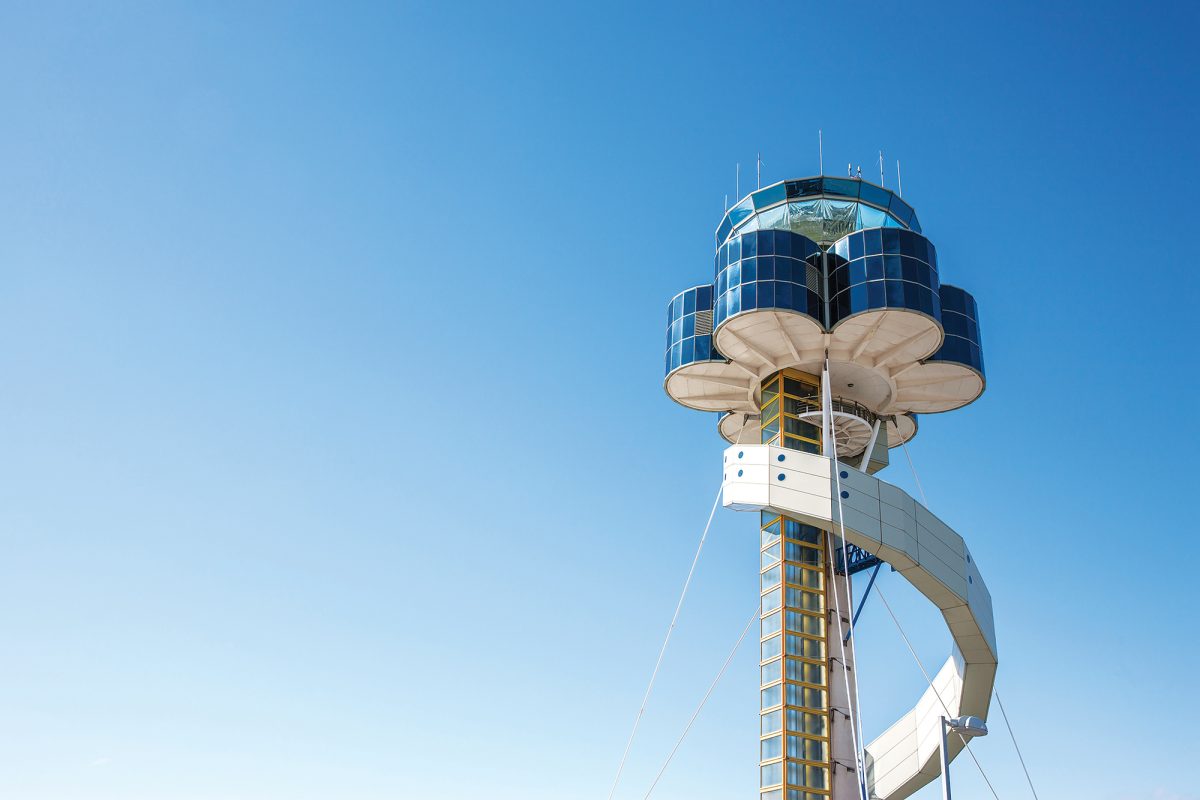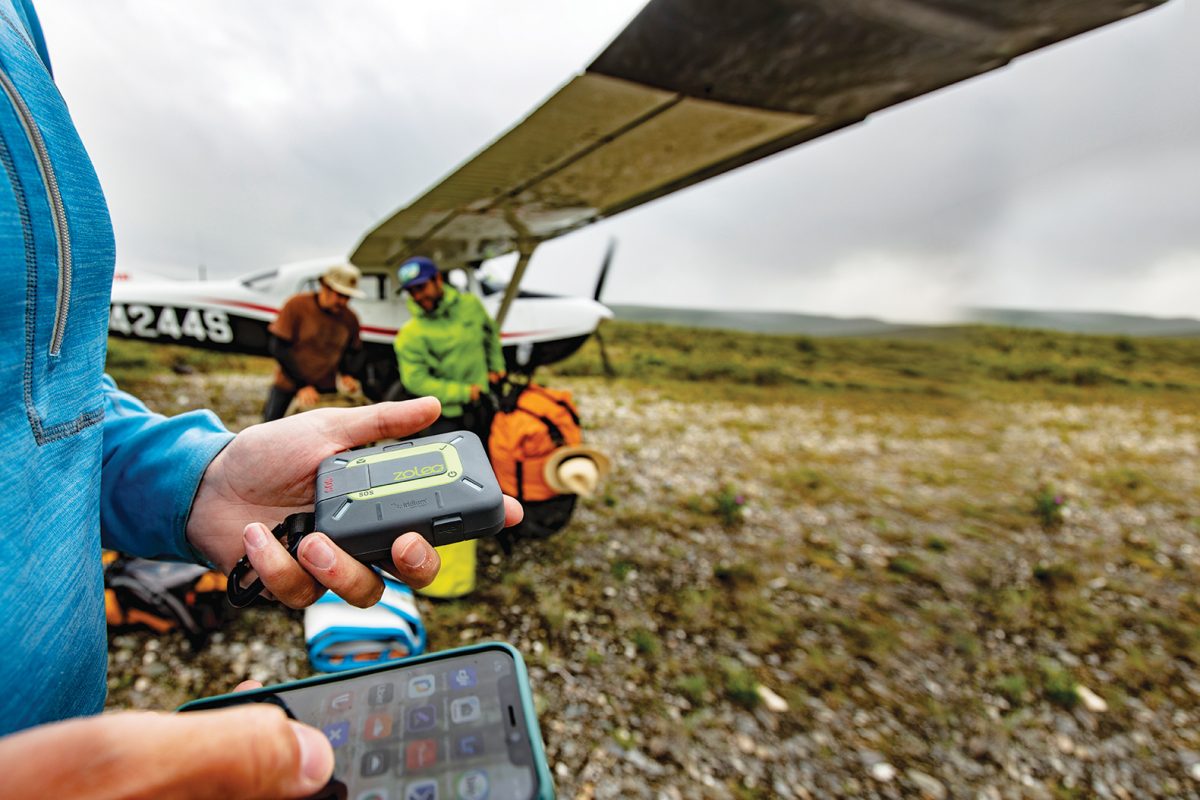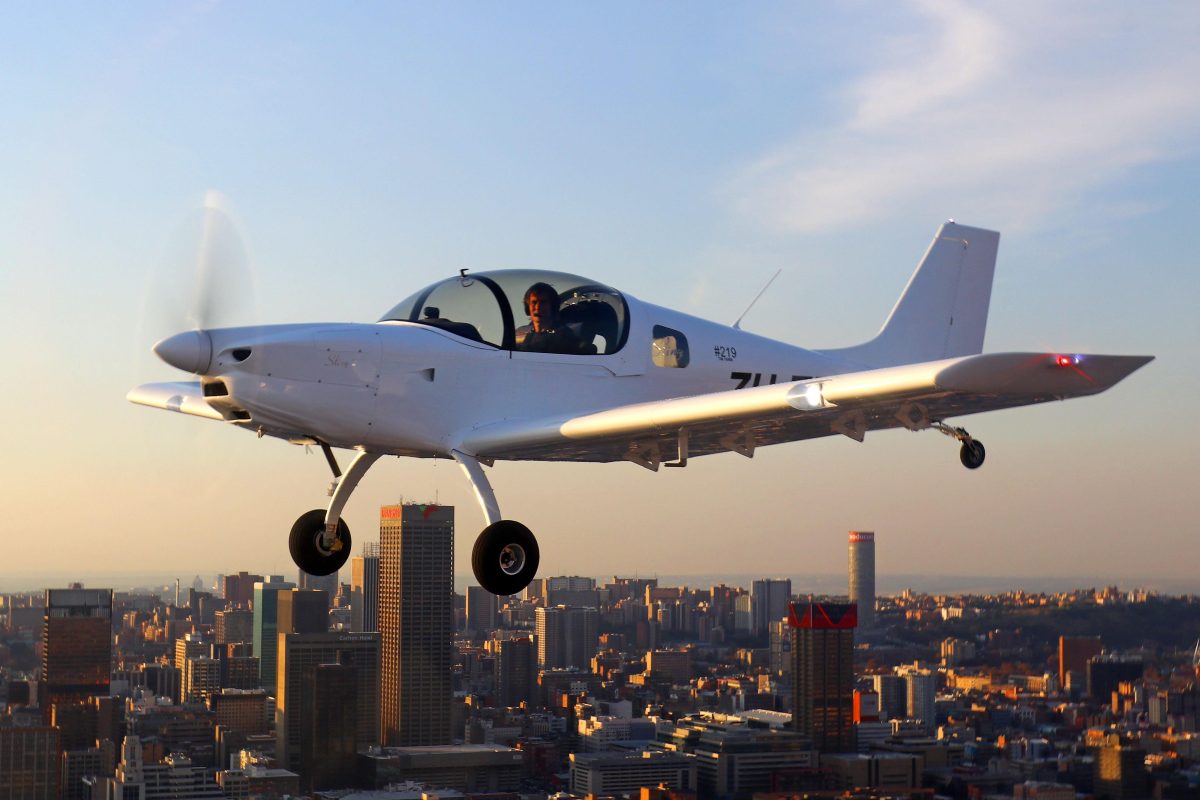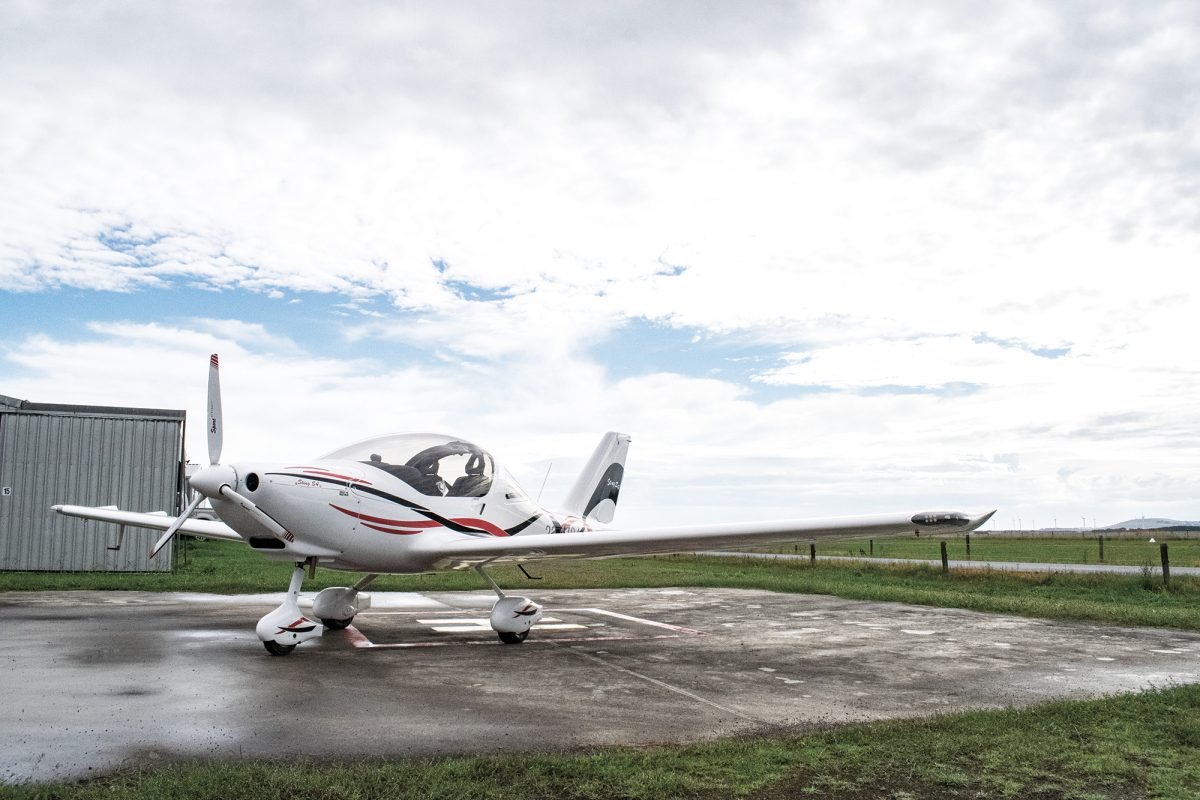THE WIND-IN-YOUR-FACE EXPERIENCE THAT CHANGED MY UNDERSTANDING OF FLYING
Driving along a rocky dirt road out the back of Werribee, I’m suddenly forced to jump on the brakes. I come to a halt and watch as a large eastern grey kangaroo bounds across the road in front of me. He quickly disappears into the pre-dawn darkness on this cold April morning, but it wouldn’t be the last I’d see of him today.
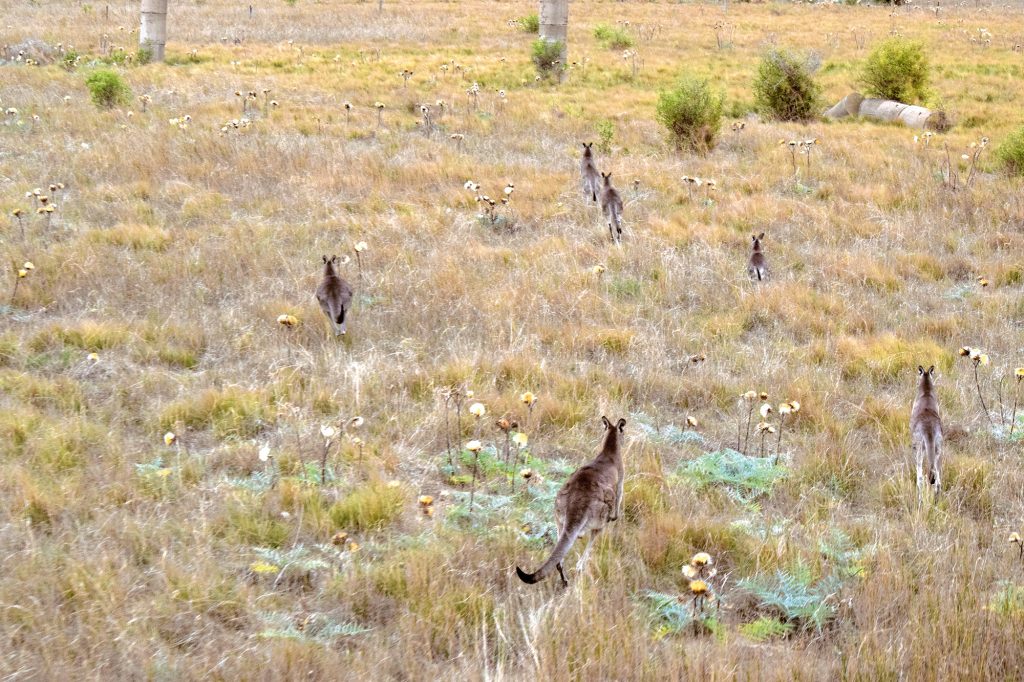
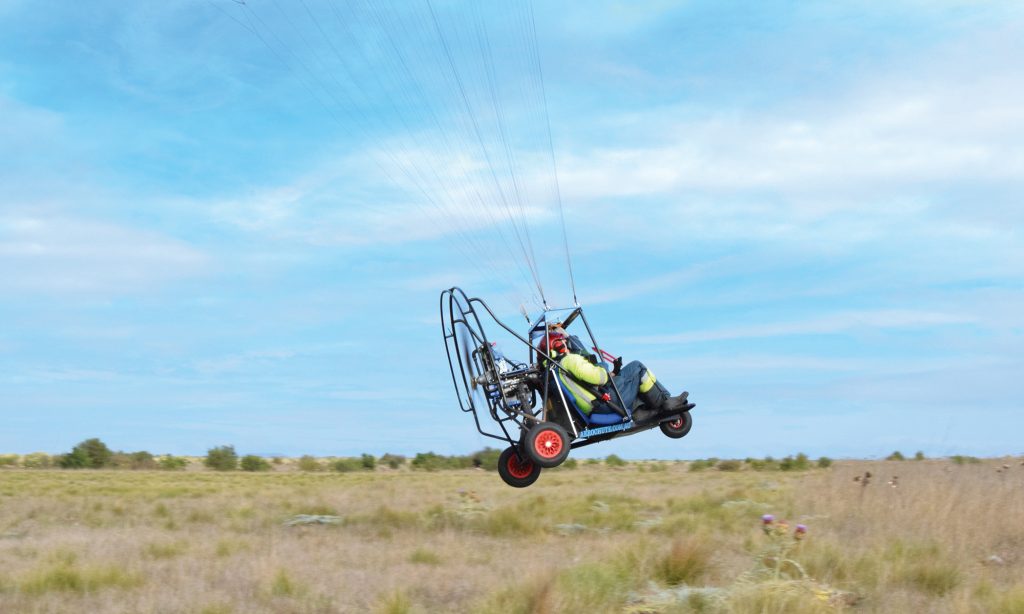
A little further down the road and I arrive at my destination; a padlocked farm gate with a small orange flag on the left post. The only indicator that I’m in the right place. I’m here to meet Stephen Conte, founder and CFI of Aerochute International. Stephen had invited me out for a trial flight in one of his powered parachutes, which I was quick to accept. It was something I’d only learned about recently, and I was keen to find out exactly what this little subsection of the RAAus community was all about.
As I turn off the road, I’m greeted by the lights of a trailer-towing 4×4 and the friendly smile of John Dunn. John is a Senior Instructor with Aerochute and a passionate powered parachutist, who had arrived only minutes before myself. A short introduction later and I’m following John down a winding track lined with artichoke thistles and tall grass, the first signs of the rising sun beginning to break across the horizon. We come out into a large paddock dotted with small tufts of grass. A shipping container at one end and a wind sock – just barely visible now – at the other. It’s a far cry from the runways I’m used to seeing. John opens the back of his trailer and reveals our flying machine for today; a Rotax 582-powered Hummerchute.
The Hummerchute (and its sister aircraft, the Aerochute Dual) follows a strictly utilitarian design approach. A sturdy metal frame, simplistic but comfortable seat and… well, that’s about it. Throw on the 582, a 3-blade composite propeller and three wheels that look like they’re straight off my childhood billy cart and you’ve got yourself one of the cheapest, safest ways to enter the aviation world you can find. At this moment, I hear the rumbling of another car coming down the track. Out hops Stephen, another friendly face. I get an air of excitement from him; keen to introduce another person to powered parachuting. “I’m just going to go and grab the other aircraft,” he tells me. “John can take you through the pre-flight checks and warm up the engine, then we’ll try and get you up there for the sunrise.” Darkness is fading, and as Stephen drives off behind the scrub to hitch up the other chute, I watch on as John takes me through the remarkably short pre-flight check. As he fills up the 46L tank, I ask him how he first got into the sport.
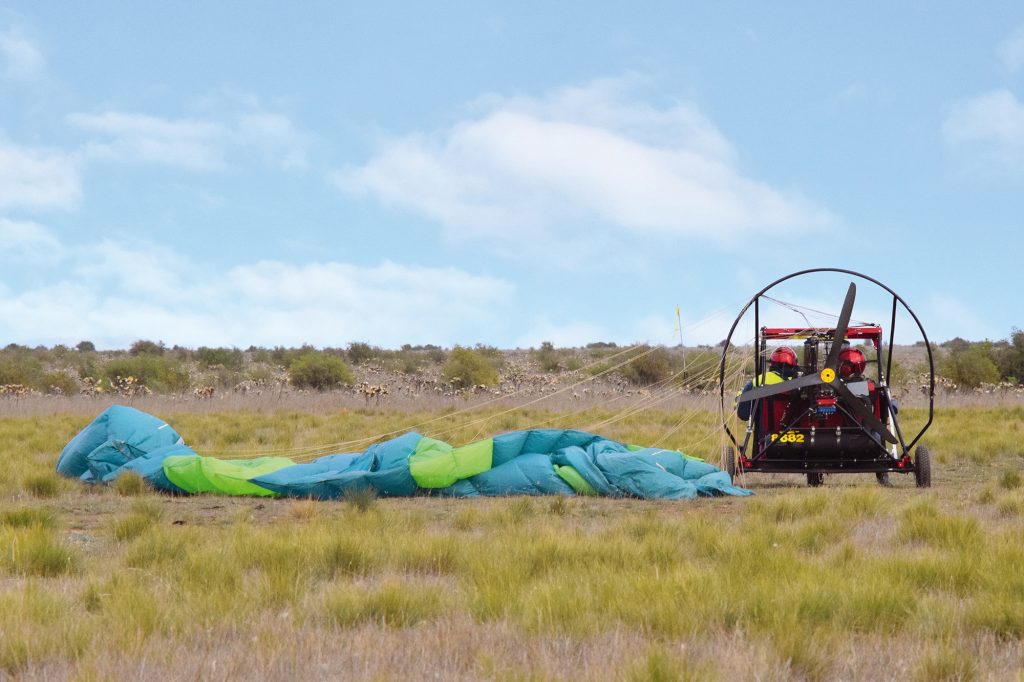
John had come across Aerochute at the first Australian International Airshow at Avalon in 1992 and instantly fell in love. He’d been looking for a way to fly that was easy to transport, easy to maintain and gave him a true sense of freedom in the air. The Aerochute ticked all the boxes. Three weeks later he was having his first flight, and hasn’t stopped since. John and his wife have travelled all over Australia, with the Aerochute on the back of the ute and a caravan in tow. Just as other travellers might take a motorbike, a kayak or a tinny on their lap around Australia, John made sure his Aerochute was there to go exploring wherever they set up camp. With Stephen back and his bright yellow parachute laid out, we’re ready to go. I climb in and notice a few cattle had appeared off to the side of the paddock to observe the commotion. They don’t seem to faze either John or Stephen as they make their final checks. John fires up his machine, immediately rolling forward across the less-than-smooth paddock. The Aerochute doesn’t have a brake, so as soon as the propeller is turning, the cart is moving. The parachute quickly inflates, rises above the cart and suddenly John is airborne. Now it’s our turn. I hear the roar of the Rotax behind me and we’re moving too. In what feels like five seconds, a gentle tug from the fully extended parachute lifts us off the ground and we’re away. We quickly rise to about 1000ft, the cold morning wind in our faces and nothing more than a seatbelt keeping us secure. I’m instantly aware of just how smooth it is flying along in this machine, hanging in the cart like a pendulum beneath the parachute.
We head toward the nearby You Yangs mountain range as Stephen explains the controls. There’s a footcontrolled accelerator to control your height and two overhead parachute toggles for turning left and right. That’s it. Nothing else. Speed is essentially a constant. “More power will only take you higher, it won’t influence your speed,” he explains. “Have a go, get a feel for it,” Stephen says to me. A little nervous, I reach up and grab my set of toggles. The simplicity of the controls become obvious to me as I gently pull down on the right side, sending the cart in the same direction. Letting the toggle back up, we straighten. Easy. I have a bit more of a play around with the toggles and the accelerator before Stephen takes over again. He pulls down on the left toggle and we’re suddenly changing course. It’s time to find John, who had been buzzing over some nearby paddocks. John beckons us over to him through the radio – there’s something he wants to show us. We begin to descend to his altitude – just barely higher than a street light – when suddenly I see it; a mob of kangaroos grazing just ahead. Startled by our approach, the kangaroos begin to bound away and we trail behind them.

As we follow the mob, it all starts to click in my head. This is what powered parachuting is all about. Most of my journey into aviation up until this point had involved cross-country flights. Being able to travel extensively in a relatively short amount of time was what drew my interest. Now, buzzing along at 60km/h, and only three hundred or so feet from the ground, I’m developing a fascination with something else; flying. It struck me that while sitting in an enclosed cockpit at 9,500ft, you’re flying through the environment. In an Aerochute, you’re flying in it. Those kangaroos down there are feeling the same cold morning breeze on their faces as I am. It’s the same breeze that’s causing waves in the long grass, and the same breeze that’s inflating our parachute. We chase the mob for a little while longer before heading back to our take-off spot. It’s time to do some touch-and-goes.
Coming in to our landing, I’m reminded that there’s no tarmac runway waiting for us. I brace myself a little as we clear the fence, waiting for what I expect to be a somewhat rough meeting with the ground. Instead, Stephen flares the chute and we roll gently along the paddock. A step on the accelerator and we’re back up in the sky. “Do you want to have a go?” he asks. We circle the paddock and line up again, only this time it’s my inexperienced hands at the controls. With Stephen guiding me through it, I slowly descend on the tufts of grass below us. “Now flare!” I hear in my headset and pull both toggles, slowing us down just as we touch ground. Rolling along, I put my foot back down and my first ever touch and go is complete. Maybe not as smooth as Stephen’s, but a good first effort if I do say so myself. We continue to buzz around, with Stephen showing me a few steep turns before finally putting us back on the ground. More cars have arrived; more people excited for their training flights. As we roll the cart back towards the newcomers, Stephen explains just how easy it is to get started. “It’s about 15-20 hours to get a full licence.” He says, “Usually between three and five hours we can get people to fly solo.” It’s a miniscule amount of time, but having experienced the simplicity of the controls myself, it’s not that surprising. For pilots of other aircraft interested in powered parachuting, a conversion usually takes between five and eight hours.
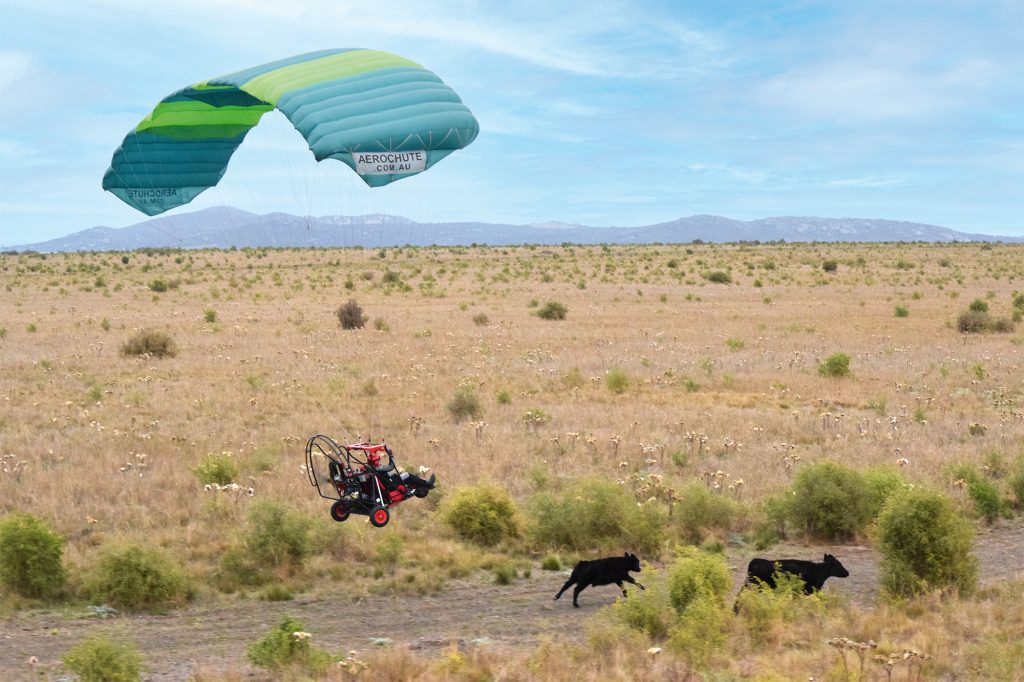
As Stephen begins his safety briefing for the excited new faces, I find myself imagining my own trip around Australia with an Aerochute in tow. One of these extremely portable contraptions on a trailer and I could be adventuring over the emerald green bushland of the Victorian High Country, the deep red earth of the Pilbara, and the white sandy beaches of Far North Queensland in no time. With the Hummerchute starting from $27,000 and the Dual a little less, the idea of aircraft ownership being something that’s far out of reach is suddenly eliminated. After the training flights are finished and the machines packed up, I thank Stephen and John for their time. They’d given me a truly incredible experience, and whetted my appetite for a whole new style of aviation. Driving back down the track between the scrub, I can’t help but feel I’ll be back here soon enough.
